Often, he says, what we take from the spirit world is only a reflection of what lies inside ourselves
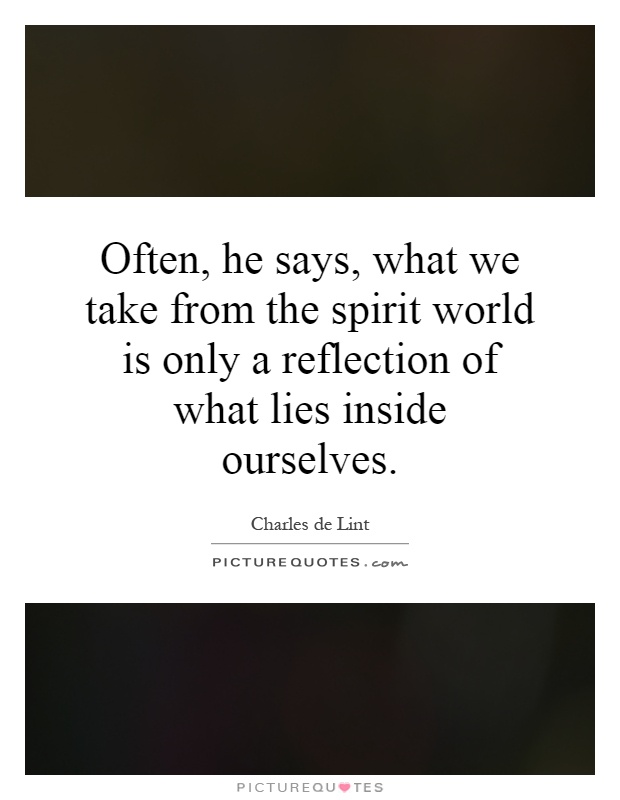
Often, he says, what we take from the spirit world is only a reflection of what lies inside ourselves
Charles de Lint, a renowned author in the fantasy and urban fantasy genres, often explores the intersection between the spirit world and the human psyche in his works. In many of his stories, he delves into the idea that what we perceive from the spirit world is often a reflection of our own inner thoughts, emotions, and desires.De Lint's characters frequently encounter supernatural beings, spirits, and otherworldly entities that challenge their perceptions of reality. These encounters serve as a mirror to the characters' inner selves, forcing them to confront their fears, insecurities, and unresolved issues. Through these interactions, de Lint suggests that the spirit world acts as a catalyst for personal growth and self-discovery.
One of de Lint's recurring themes is the idea that the spirit world is not separate from the physical world, but rather intertwined with it. He often portrays the spirit world as a realm that exists parallel to our own, accessible to those who are open to its mysteries. In this context, the spirits and entities that his characters encounter serve as guides, mentors, and mirrors, reflecting back to them aspects of themselves that they may not be aware of.
De Lint's exploration of the spirit world as a reflection of the self is particularly evident in his novel "Someplace to Be Flying." In this story, the characters are drawn into a world of shape-shifters, tricksters, and mythological beings who challenge their perceptions of reality and identity. Through their interactions with these beings, the characters are forced to confront their own inner demons and come to terms with their past traumas.
Overall, de Lint's work highlights the interconnectedness of the spirit world and the human psyche. He suggests that what we perceive from the spirit world is not external to us, but rather a reflection of our own inner selves. By exploring this dynamic, de Lint invites readers to consider the ways in which the supernatural can illuminate and transform our understanding of ourselves.
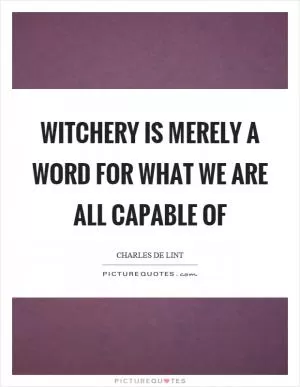

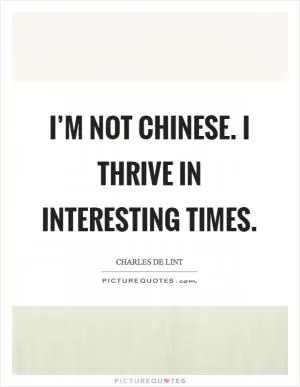



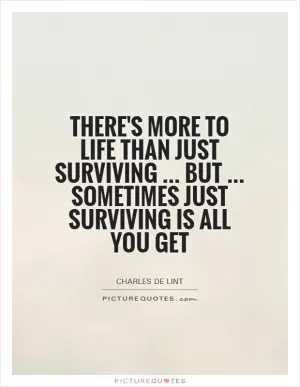
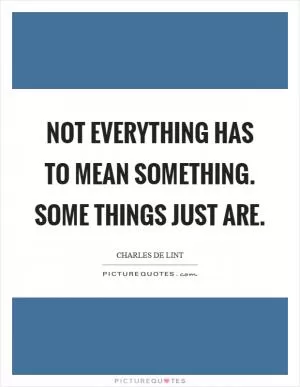

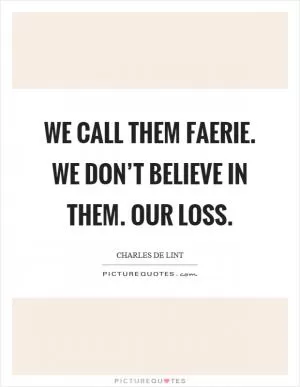
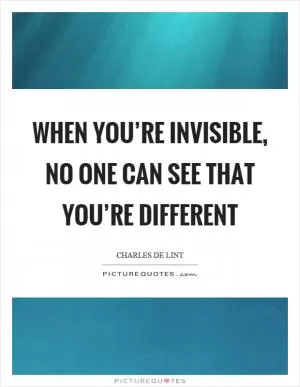

 Friendship Quotes
Friendship Quotes Love Quotes
Love Quotes Life Quotes
Life Quotes Funny Quotes
Funny Quotes Motivational Quotes
Motivational Quotes Inspirational Quotes
Inspirational Quotes